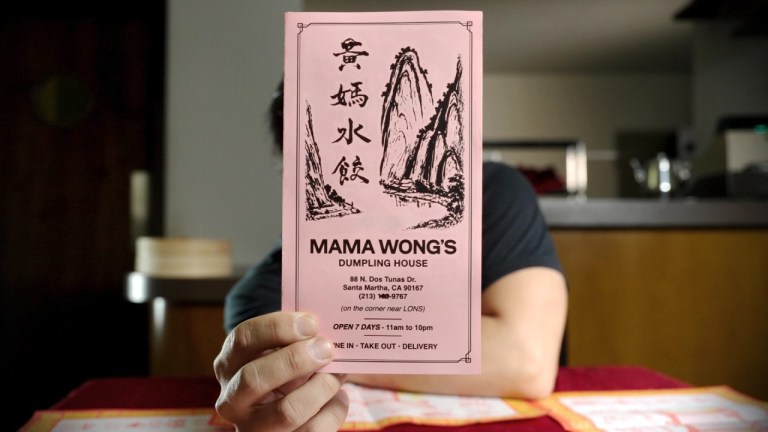The Little Explored History of the Zip Tie
The educational channel New Mind took a look at the little explored history of the zip tie, a seemingly ubiquitous modern invention with origins that actually date back to the late 19th century, with a realization in the mid-20th century.
In this captivating journey through history, we explore the evolution of cable management and the birth of cable ties, a seemingly simple yet revolutionary invention.
The idea came from Scottish immigrant Maurus C. Logan, whose inspiration came from a cable lacing, a particular way of tying cords to secure bunches of cables together. Logan was working for Thomas and Betts, and later ABB Installation, at the time of his discovery.
Logan’s breakthrough came in 1958 with a patent submission for a nylon strap with an integrated oval aperture, designed to loop around cables and secure itself through friction. Despite initial indecisiveness on the latching mechanism, Logan’s design marked the birth of the cable tie.
Since that time, many other companies have come up with their own version of the zip tie. While some are more robust than others, they all seem to follow Logan’s design of the Ty-Rap cable tie, which was patented in 1962.
The Ty-Rap cable tie evolved into specialized versions, including heat-resistant and space-grade variants. Offshoot products like Ty-Met, made of stainless steel, and Ty-Fast, a nylon tie with an integrated ratchet barb, gained popularity globally, earning the colloquial name “zip ties” or “tie wraps.” Today, over 45 companies globally produce cable ties, with an estimated annual production of 100 billion units.






